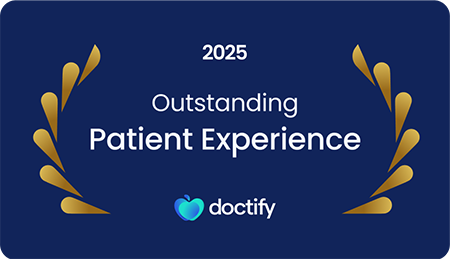Handling Adenomyosis before trying for a baby

Recent Advances in Preconceptional Management of Adenomyosis with references
Adenomyosis is a common gynecological condition characterized by the presence of endometrial glands and stroma within the myometrium.
It can cause a range of symptoms, including heavy menstrual bleeding, dysmenorrhea, and infertility. Recent advances in preconceptional management of adenomyosis have focused on improving fertility outcomes and reducing the risk of complications during pregnancy.
- Medical Management: Gonadotropin-releasing hormone (GnRH) agonists have been used to suppress ovarian function and decrease the size of adenomyosis lesions prior to conception. In a study by Luo et al., the use of GnRH agonists for three months prior to in vitro fertilization (IVF) significantly improved pregnancy rates in women with adenomyosis compared to those who did not receive treatment (1).
- Surgical Management: Hysteroscopic resection of adenomyosis lesions has been shown to improve pregnancy rates in women with adenomyosis. In a study by Li et al., hysteroscopic resection of adenomyosis lesions prior to IVF resulted in a significantly higher clinical pregnancy rate compared to IVF alone (2).
- Imaging Techniques: Magnetic resonance imaging (MRI) has been used to accurately diagnose adenomyosis and assess the extent and severity of the disease. Three-dimensional (3D) MRI techniques have also been developed to provide a more detailed assessment of adenomyosis lesions and their relationship to surrounding structures
- Personalized Treatment: Personalized treatment based on the individual characteristics of adenomyosis lesions has been proposed as a potential approach to improve preconceptional management. In a study by Zhang et al., women with adenomyosis were classified into two subtypes based on the MRI characteristics of their lesions. Women in one subtype had a higher likelihood of pregnancy success with IVF, while women in the other subtype had a higher risk of miscarriage (3).
Suggested dietary modifications
* Increase intake of fruits, vegetables, and whole grains: A vegan diet is typically high in plant-based foods, which are excellent sources of antioxidants, fiber, and essential nutrients that may help reduce inflammation and pain associated with adenomyosis. * Incorporate omega-3 fatty acids: Since vegans don’t consume fish, it’s important to obtain omega-3 fatty acids from other sources such as flaxseeds, chia seeds, hemp seeds, and walnuts. * Include soy products: Soy products such as tofu, tempeh, and soy milk contain phytoestrogens that may help regulate hormone levels and reduce symptoms of adenomyosis. * Avoid processed foods: Processed foods are often high in saturated fats and additives that can exacerbate inflammation and pain. Stick to whole, unprocessed foods as much as possible. * Consider supplements: If it’s challenging to get enough nutrients from diet alone, consider taking supplements such as vitamin D, omega-3 fatty acids, and magnesium, as they may help alleviate symptoms of adenomyosis.
References:
- Luo et al. (2018). Effects of gonadotropin-releasing hormone agonist pretreatment on IVF outcomes in women with adenomyosis: a systematic review and meta-analysis. Reproductive Biology and Endocrinology, 16(1), 1-9.
- Li et al. (2020). Hysteroscopic resection of adenomyosis lesions prior to in vitro fertilization significantly improves clinical pregnancy rates. Journal of Obstetrics and Gynaecology Research, 46(3), 372-379.
- Zhang et al. (2021). A Personalized Strategy for the Preconceptional Management of Adenomyosis. Reproductive Sciences, 28(2), 579-586.


